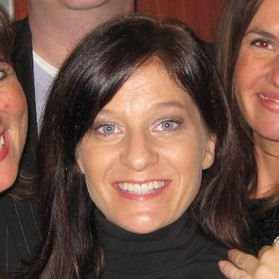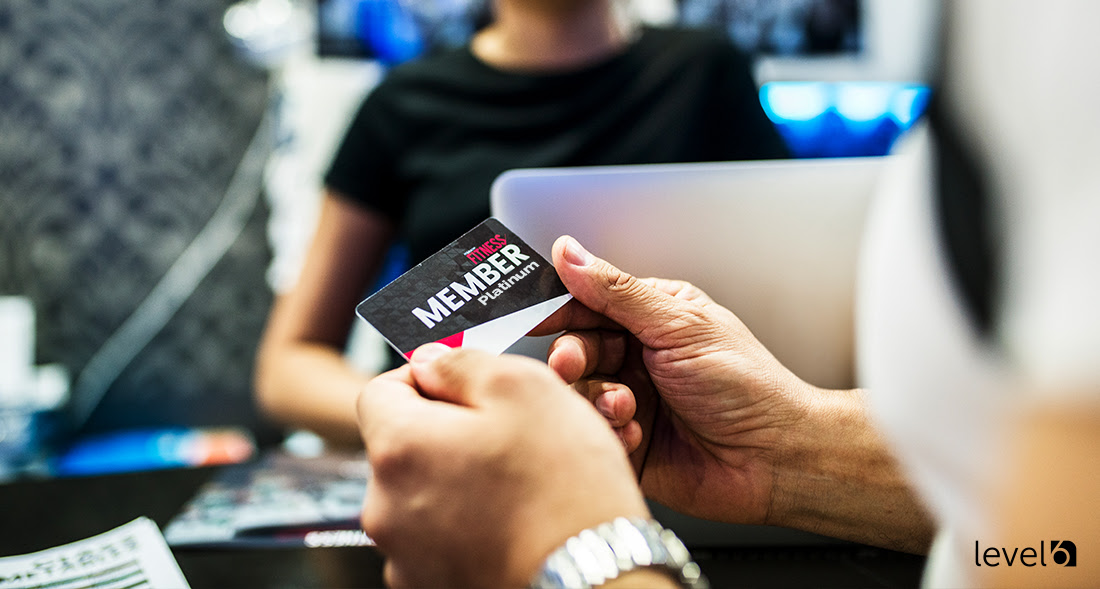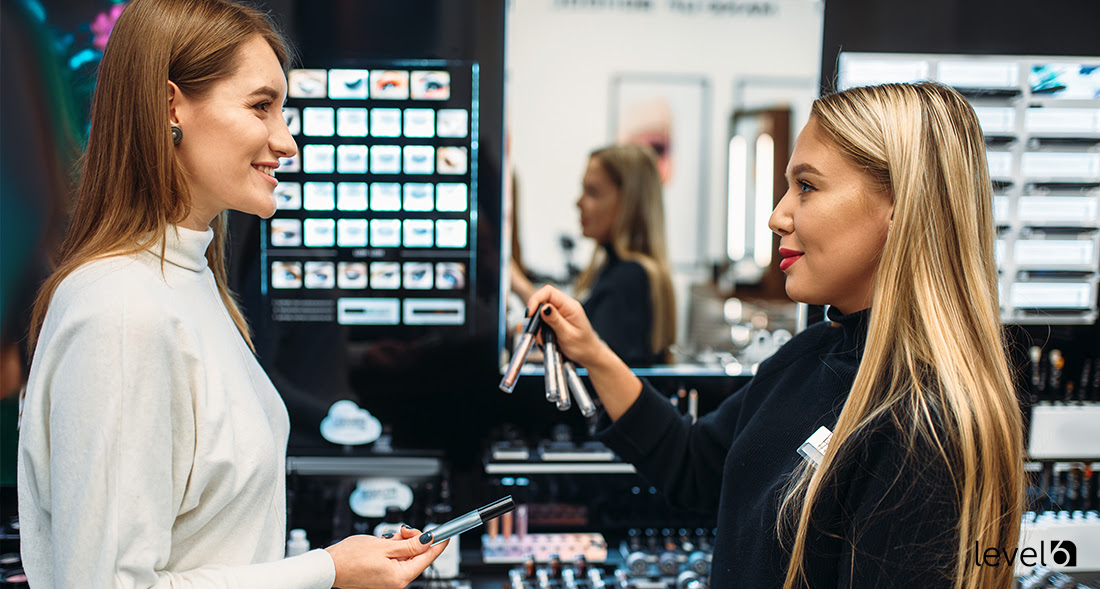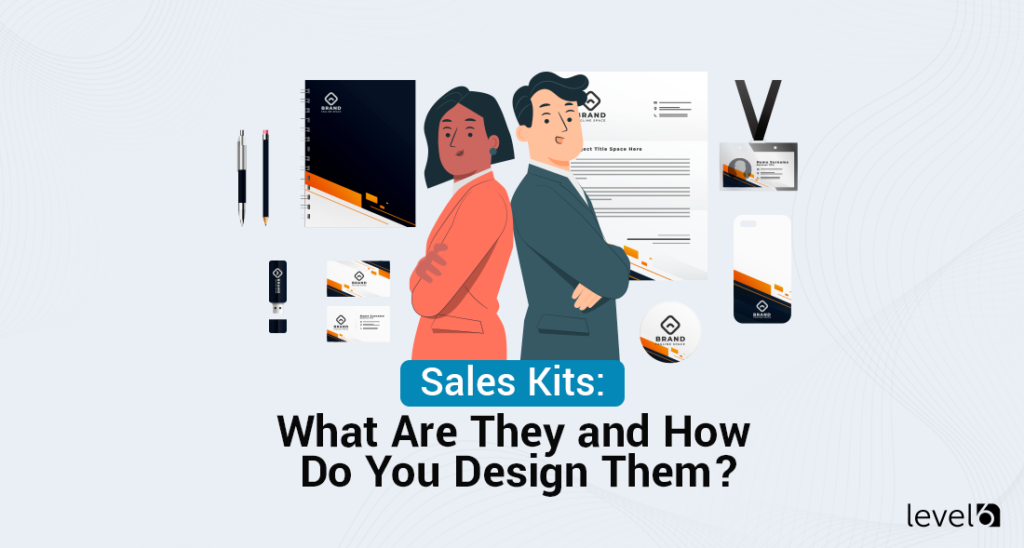A well-designed multi-tiered loyalty program can help improve your repeat business and strengthen the bond with your customers! I still remember working hard to get my Gold status at my favorite store. Those fun little rewards kept me coming back again and again.
A loyalty program can increase customer retention and lifetime value. Here are three tips that might help you design it – personalize some of the rewards, smooth along the structures of the tiers, and give your customers a few exclusive extras.
Find ways to create each tier. A good program can get your customers coming back and make them feel appreciated. You should find out what motivates your customers. Let’s change your loyalty program strategy a bit. Let’s improve your rewards – together.
What Are Objectives And Tiers?
You need to have some clear goals for your loyalty program tiers before you start designing them. Your goals will help shape how your customers progress through the program and what kinds of benefits they get along the way.
Some businesses want their customers to spend more money during every buy. The rewards can come from buying multiple items and hitting spending amounts. Other businesses focus on turning their happy customers into brand advocates who talk to their friends and family about the business itself.
Other successful loyalty programs can give you creative ideas for your own program. Just look at Sephora’s Beauty Insider program. Their customers enjoyed the exclusive products and the early access to different sales. These strategies helped Sephora create tiers that kept their shoppers coming back again and again.
Your own experiences as a loyalty program member make a difference, too. The excitement that comes with reaching the next tier in programs you’ve joined stays with you. Think about the features that may have left you feeling confused or let down. These personal experiences help you stay away from some of the common problems that might frustrate customers.
Businesses often fail when they set goals that are way too vague. Your goals need to be measurable. Saying, “We want more loyal customers,” doesn’t cut it. You need to have a clear picture of what success looks like for you and your program.
Looking to learn more about an incentive, rebate
or reward program for your business?
Curious about costs?
Try our instant pricing calculator:
Each group of your customers is probably excited about different types of rewards. New customers might care the most about instant discounts, but long-term customers are more likely to love exclusive experiences. Your tier structure has to take these changing preferences into account as your customers grow with you.
Good loyalty programs make customers feel appreciated in every single tier. Even your basic tier needs to come with real benefits. The rewards should noticeably improve as customers climb higher and higher. It’ll also create a fun path for them to move up.
Your goals will decide how many tiers you actually need. Some businesses can succeed with just three easy tiers. Others might need five tiers or even more to group their customers. What matters more is making sure your structure works with what your business plans to achieve.
The Names of Each Tiers and How They Compare
Your loyalty program tier names should create an emotional connection with your customers. You have probably felt something the last time you saw “Platinum” or “Elite” status somewhere. That’s how your top-tier customers should feel, too.
Your customers need to know how they can move up through the different tiers. Businesses will often tell you about Bronze, Silver, and Gold because everyone knows that Gold beats Bronze every single time.
Even when businesses get creative (like Sephora’s Beauty Insider program with VIB and Rouge tiers), customers still know which level sits where. Your program rules should always be so easy that your customers can explain them to their friends over coffee. Nobody should need to break down every step just to find out the very next tier.
Easy options always work best – like “spend $500 to reach Silver status.” Your customers will always know what they’re going for. Your brand’s personality should be at its best through your tier names. A luxury fashion brand might naturally gravitate toward something like “Couture” or “Elite,” while a fitness company could bring the energy up with “Warrior” or “Champion.”
Some businesses even get their customers excited by asking about naming tiers through social media polls or easy surveys. These names will show up everywhere in your marketing materials. Your team members will say them frequently, and your customers will see them on receipts, emails, and mobile apps.
Marriott’s progression from Silver Elite to Titanium Elite works because it feels memorable and also aspirational. The distance between your tiers should somehow feel hard. Most successful programs stick with three or four tiers total since anything more than this might overwhelm your customers. You want to help make them excited about reaching that next level without letting them feel discouraged.
Gamified And Engaging Rewards
Think of loyalty programs like improving in a video game. Each buy that you make can slowly move you closer to some fun new benefits and bonuses – this turns your regular shopping trips into rewarding adventures you’ll want to come back to again and again.
Good stores can also create tiers that welcome you to try fun opportunities. Some retailers might give you extra points when you share products on social media or when you leave a review. Others can even add bonus rewards during slower seasons, too.
Loyalty programs are at their best when moving to new tiers feels rewarding. Starbucks Rewards shows how it’s done. Their gold members unlock free drinks, birthday treats, personalized benefits, and first dibs on seasonal items.
The programs combine reliable benefits and unexpected bonuses. While you might count on your usual 10% discount, suddenly discovering a surprise reward waiting in your account can add a little ingredient of excitement. These surprises can help keep the experience fresh and give you another reason to check on your rewards balance.
Your spending tends to increase when you’re just a few points away from reaching the next tier. Like pushing through some game levels to unlock new content, this motivation can kick in when you see the finish line up ahead.
Retailers display your progress to help fuel this drive. Each new tier should give you better benefits than the last. Basic members can get standard discounts, while premium levels unlock exclusive products or even early access to big sales.
Modern programs now use technology to customize rewards just for you. Your shopping patterns and preferences help create more personalized benefits that match your interests. This builds a stronger connection between you and the businesses that look great.
Clear Communication And Transparency
A clear loyalty program helps to build stronger relationships with your customers. You should try to communicate the program facts in a language that’ll resonate with them. Tough and technical language will only push them away and make them lose interest.
Most people have struggled at some point to try to find out how airline rewards actually work. Your frustration can build up when the rules seem purposely written just to confuse you. Your customers shouldn’t need any tools or advanced math skills to participate in your program.
The point systems that businesses create are sometimes way too tough. Hidden charges and unreachable goals can leave people feeling deceived and upset. Your loyalty program needs to help customers feel appreciated and excited about coming back.
Strong loyalty programs use easy language in everything they do. When your website content, emails, and support team all share the same clear message, customers can trust you more. Different colored tiers help people find out your program structure faster.
These visual elements can let customers track their progress and their next steps, whether they’re checking online or looking at printed materials. Put your program facts in an obvious section on your website.
Most people feel frustrated when they have to click through multiple pages just to find basic information. One main location should share the facts they need. When you communicate, your customers can stay involved and motivated.
Friendly reminder messages work nicely when someone is close to reaching a new tier. People love finding out about the rewards waiting for them at the next level. Your entire program should be easy enough to explain to someone in just one page.
When you need multiple pages just to list point earning, you’ve probably overcomplicated everything. Tough rules can give you some more customer service calls and emails. Extra support requests only create unnecessary work for your team and frustration for customers, too.
Clear explanations from the start can help everyone have a smoother and better experience.
Real-World Brand Successes
A well-designed loyalty program can have an effect on your purchasing decisions, and some serious businesses like Starbucks and Sephora know how to keep you coming back for more. Starbucks Rewards can turn your coffee run into a bright and game-like experience.
Using my previous examples, Starbucks Rewards has the type of simplicity that people want. Each buy earns you some stars and lets you advance from Green status to Gold. Gold status unlocks some extra benefits like a free birthday drink and unlimited in-store refills. Sephora’s Beauty Insider program uses a strategy that works for makeup and skincare lovers. The program’s three-tier system helps to shape the experience. The Rouge level gives some added benefits, like early access to new products and invites for exclusive beauty events.
These programs succeed because they know what their customers want. Starbucks and Sephora monitor everything that you buy. They send out personalized suggestions to match your taste. This personal attention helps to make you feel seen and appreciated.
These businesses understand how you like feeling like an insider. Sephora rolls out the red carpet with shopping events just for its members. While Starbucks sends you exclusive deals directly through their app, these little bits create a VIP experience to keep you involved.
Mobile apps have changed how modern loyalty programs work. Starbucks does well with its user-friendly app – you can check your rewards, place an order ahead, and pay all without missing a beat.
These businesses are talented at showing you the progress you make through their programs. The path to each new tier is clear, and bonus point events can add extra excitement. It helps to motivate you to treat yourself more often to unlock those next-level benefits.
Manage Resources For Multi-Tier Programs
You’ll need to plan your budget and the resources right from the start. Your team will need to spend lots of time handling each tier, so you have to make sure those benefits are going to actually work for your business in the long run.
Your success can depend on your whole team being aligned on how the system works. Your customer service team needs to know the exact benefits provided for each tier level. Your marketing team will need clear direction on how to show the different tiers to customers. When your team works together in sync, your customers are going to have a much smoother and fun experience.
Businesses create tiers that don’t match what their customers actually want. Just to give you an example, a coffee shop giving free shipping might not interest regular customers who always buy in person.
These loyal customers would probably like benefits like being able to jump to the front of the line or being invited to tastings and events. Modern software tools are able to take the headache out of running multiple tiers. Quality programs will monitor customer progress and send out automatic updates about their tier status.
These tools also find data on which benefits your customers like to use. They let you fine-tune your program based on their real behavior instead of making assumptions. Some businesses grow well with just two levels. But others might need four or even more.
Keep in mind, though, that adding more tiers can give you more difficulty. Extra levels will need more resources to manage and could leave some customers feeling confused. The basic tier should welcome new members with easy requirements and real rewards. Higher tiers will need increasingly interesting benefits that feel worth the effort. Your premium tier should feel attainable but still stay exclusive. Otherwise, customers could give up before they reach it.
Level Up Your Incentives and Rewards
Your rewards program should meet whatever works best for your company and the people who shop with you. Points tracking and spending measurements – or even a combination of the two – can give you some different ways to find and thank your loyal customers.
Lifetime tiers create that VIP feeling that brings people back as connected members of your brand community. Your customers should find it very easy to know how they can earn and use their rewards. Think about making the whole experience easy, too. While tracking points and spending does matter, the real win comes from making your loyal customers feel appreciated over time.
We at Level 6 help you build real connections with customers through a few flexible reward options. Our programs improve your sales team’s results and make your employees happier at work. You’ll get access to branded debit cards and employee recognition systems that fit what your business needs.
We design each program specifically for tangible and clear results. Get in touch with us for a free demo. See how other successful businesses use our services to grow their sales and get more out of their investment.

Claudine is the Chief Relationship Officer at Level 6. She holds a master’s degree in industrial/organizational psychology. Her experience includes working as a certified conflict mediator for the United States Postal Service, a human performance analyst for Accenture, an Academic Dean, and a College Director. She is currently an adjunct Professor of Psychology at Southern New Hampshire University. With over 20 years of experience, she joined Level 6 to guide clients seeking effective ways to change behavior and, ultimately, their bottom line.

 Demo
Demo







